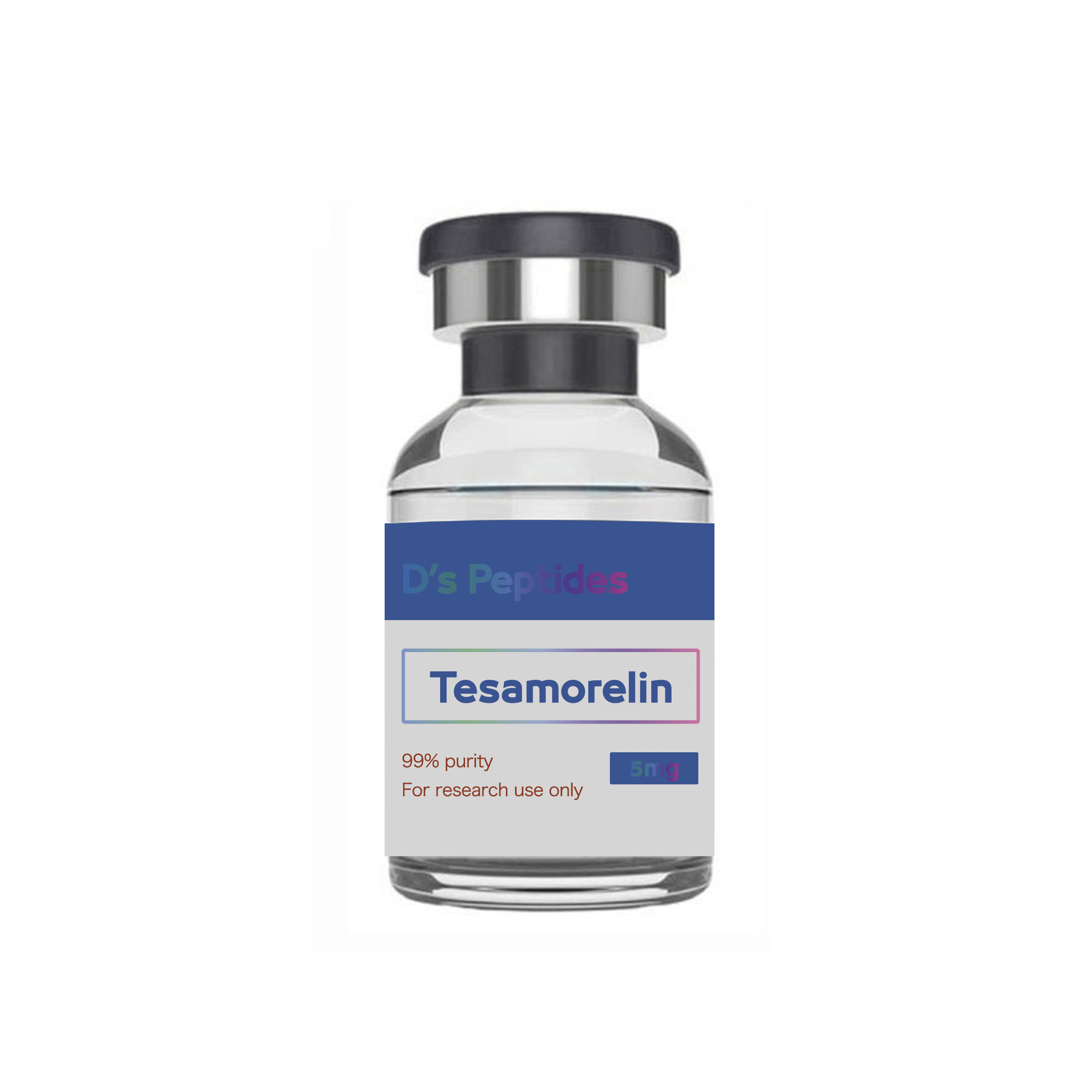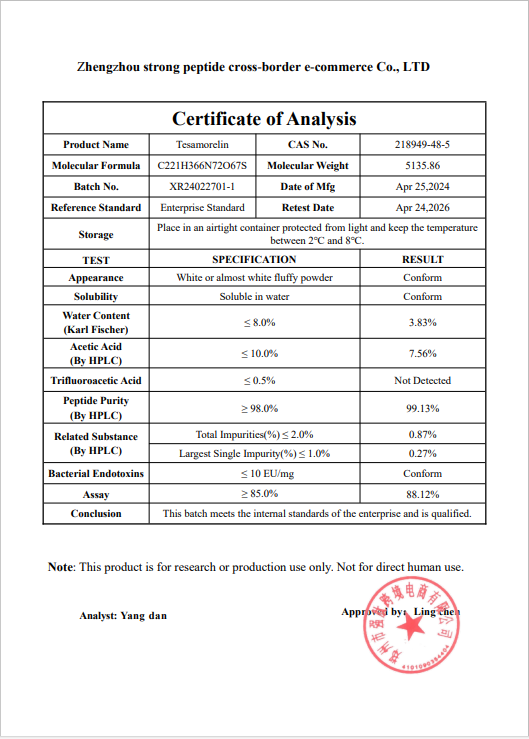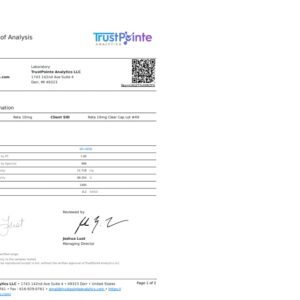All products spoken about or shown are not intended for human consumption in any way. Products listed are offered for use in research only and should not be for human use.
Tesamorelin 5mg vial
adipose tissue, liver fat, and epicardial fat, have independent associations with increased CVD risk. Tesamorelin, by reducing ectopic fat deposition, directly mitigates inflammation and lowers an individual’s risk of CVD.
Growth Hormone Deficiency and HIV Recent evidence indicates that highly active antiretroviral therapy (HAART) is linked to several endocrine and metabolic issues, including growth hormone (GH) deficiency. HIV infection can alter the pituitary gland, leading to GH deficiency in approximately one-third of HAART-treated HIV patients. This may partly explain the prevalence of lipodystrophy in individuals with HIV and underscores why tesamorelin is such an effective treatment. Tesamorelin offers a safer and more effective means of increasing GH levels compared to administering exogenous GH, especially in HIV-positive individuals.
Tesamorelin’s Potential for Peripheral Nerve Damage Peripheral nerve damage can result from various causes, including injury, diabetes, or surgical procedures. It often leads to severe motor and sensory impairments in the affected area, with limited options for correction due to the challenges associated with regenerating nerve cells. Emerging research suggests that therapies involving the manipulation of growth hormone may improve peripheral nerve injury and enhance both the rate and extent of healing. Among the candidates for such intervention, tesamorelin stands out, notably due to its existing FDA approval.
Tesamorelin’s Investigation in Dementia There is accumulating evidence suggesting that GHRH analogues, including tesamorelin, exhibit effectiveness in enhancing cognitive function among patients in the early stages of dementia. A substantial, randomized, double-blind, placebo-controlled study conducted at the University of Washington School of Medicine, spanning twenty weeks, indicates that tesamorelin and other GHRH analogues may impact dementia by increasing gamma-aminobutyric acid (GABA) levels in the brain while reducing myo-inositol (MI) levels. These findings open up potential avenues for tesamorelin’s utilization in dementia treatment and also point to new areas for scientific exploration in the quest for dementia prevention and cures.
Tesamorelin reduces inflammation, lowers cardiovascular risk, and supports healthy growth hormone levels, particularly in HIV patients. It also shows promise in treating peripheral nerve damage and cognitive impairment.
As an analogue of GHRH, tesamorelin binds to the growth hormone-releasing hormone receptors (GHRHr) located in the anterior pituitary gland, thereby prompting the somatotropic cells therein to synthesize and release growth hormone (GH) in the body.
Growth hormone is a powerful anabolic hormone, one of the most important chemical signals for the body to build and repair tissue. It is involved in many processes, from creating new muscle to repairing torn tissue and even breaking down fat. GH is plentiful in the body during childhood and adolescence, but decreases with age. This process of decline can affect athletic performance, mobility, and the length of time it takes to recover from an injury .
Given the above, a GHRH analogue like tesamorelin can be successfully used to stimulate the production of GH to address a variety of conditions like growth hormone deficiency, fat accumulation, cognitive decline, and nerve injury in your research studies.







